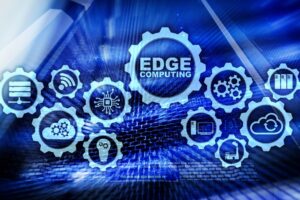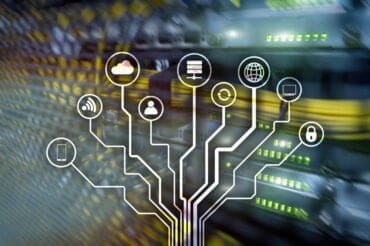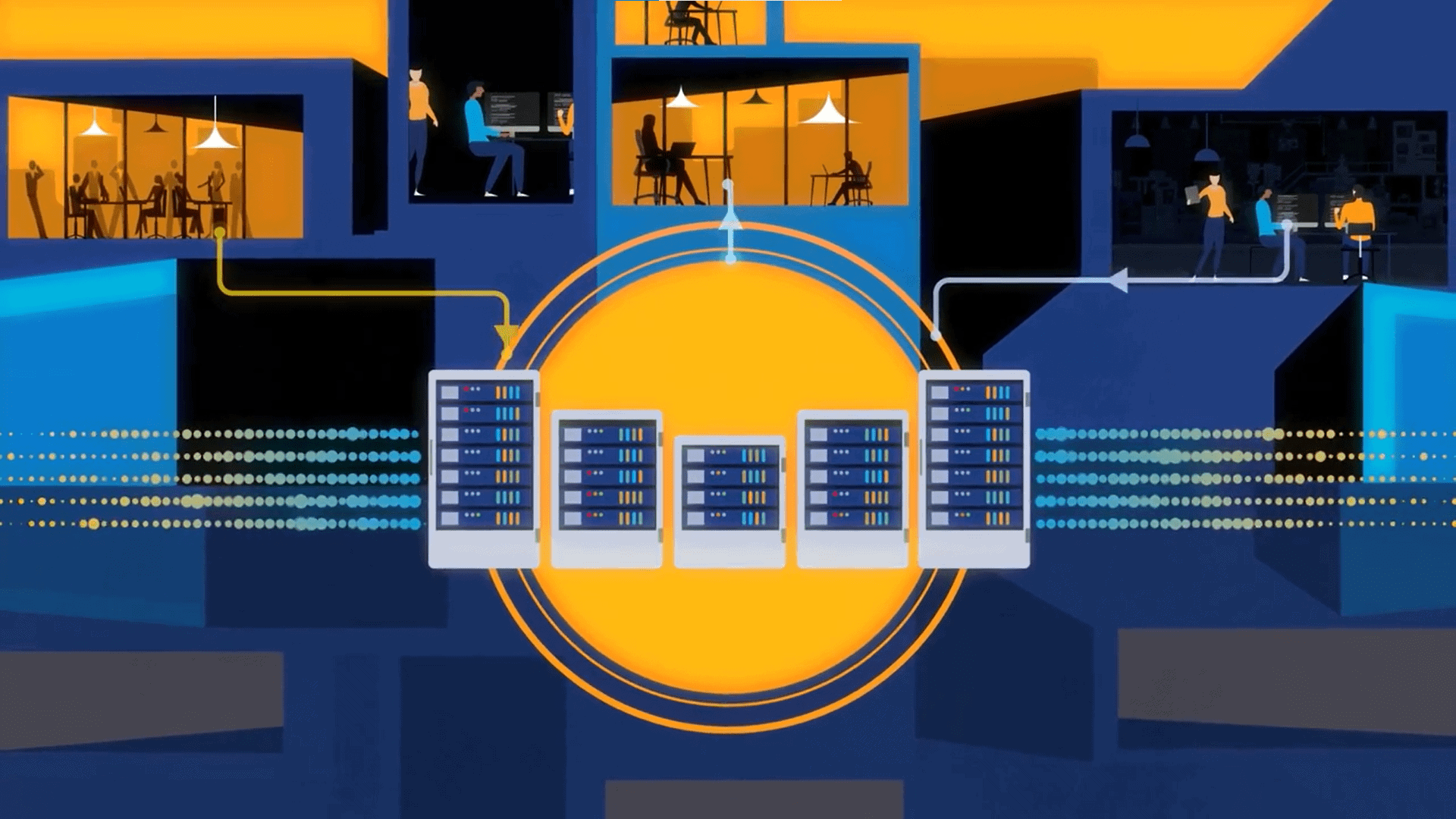
Edge computing is poised to surpass centralized data centers as the primary data processing hub, fueled by AI demands and a surge in localized content needs.
Edge computing is rapidly emerging as the cornerstone of global data processing, with ReThink Technology Research projecting that 74% of the world’s data will be processed outside traditional data centers by the early 2030s. This shift is driven by the growing demand for AI-powered low-latency applications and the need for localized content, creating substantial opportunities for telecommunications operators and data center providers. By 2031, more than half of this data will be processed directly at the edge, transforming how data is managed and monetized.
AI and Digital Transformation Powering Growth
AI and generative AI (GenAI) are accelerating the push toward edge computing, enabling faster decision-making and reducing network congestion. IDC forecasts that spending on edge computing will climb to $228 billion in 2024 and nearly $378 billion by 2028, driven by investments in hardware, software, and services for edge solutions.
Telecom operators are positioned to benefit significantly from this shift. The adoption of open radio access networks (RAN) and frameworks like the RAN Intelligent Controller (RIC) highlights their role in integrating edge computing into mobile networks. These advancements enable operators to optimize network performance while creating new revenue streams. ReThink predicts edge computing-related revenues will rise from $3.29 billion in 2023 to $29 billion by 2031, split evenly between operator and enterprise deployments.
See also: AI on the Edge: Bringing Intelligence Closer to the Source
Strategic Partnerships and Industry Impact
Telecom carriers and hyperscalers like Amazon Web Services, Google Cloud, and Microsoft Azure are leveraging their infrastructure to capitalize on edge opportunities. Carriers like T-Mobile and Verizon are integrating AI-driven edge solutions into their networks to support genAI workloads. At the same time, hyperscalers enhance edge computing with offerings like AWS Local Zones and Google’s Distributed Cloud.
Despite the broader tightening of IT budgets, edge computing investments remain resilient due to their strategic importance. Analysts anticipate that by decentralizing data processing, businesses will unlock new efficiencies and business models, solidifying edge computing’s role as a vital component of the digital economy.





























